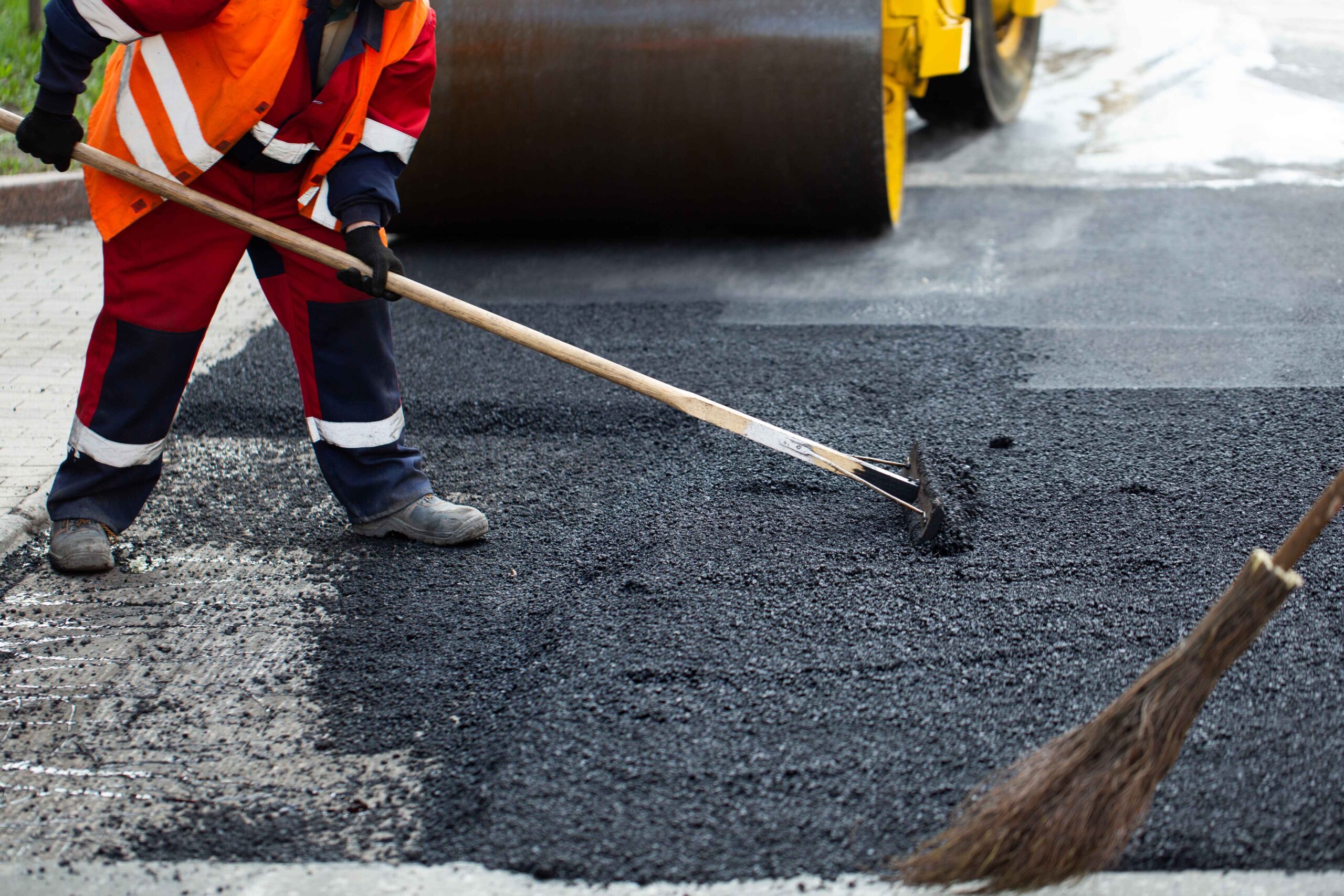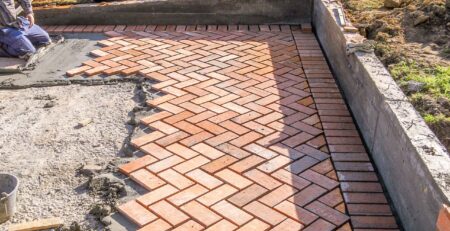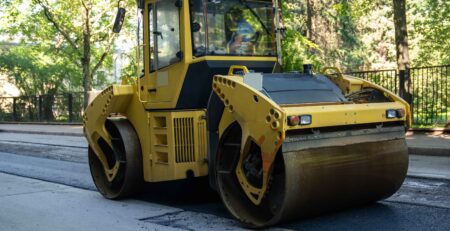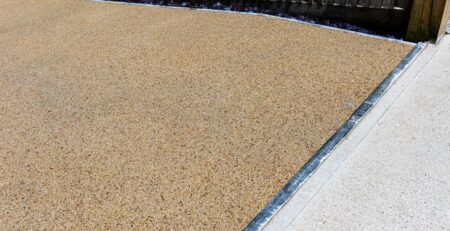What Makes a Road Surfacing Project Truly Successful?
When people think of road surfacing, they often imagine a clean new layer of tarmac and a job done in a few days. But a successful road surfacing project requires far more than speed or a fresh look.
From preparation to execution and post-project care, every phase contributes to the durability, safety, and performance of the finished surface. In this blog, we explore what makes a road surfacing job truly successful—and how to avoid the common pitfalls.
1. Thorough Site Assessment and Planning
Success starts long before any machinery arrives. A detailed site assessment allows the surfacing team to:
- Identify existing surface conditions
- Evaluate drainage and gradients
- Choose the correct surfacing materials
- Plan around traffic access or operational needs
Without this, the job may require costly revisions later on. The best projects begin with a clear understanding of the environment and challenges ahead.
2. Proper Ground Preparation
Rushing the groundwork is one of the biggest reasons road surfaces fail early. Proper excavation, sub-base installation, and compaction ensure a strong foundation.
Key factors include:
- Removal of soft or unstable soil
- Use of Type 1 MOT aggregate for a stable base
- Compaction to prevent future sinking or cracking
A smooth finish is only possible when the base is solid. Any shortcuts at this stage lead to long-term issues.
3. Use of High-Quality Materials
Material choice matters. For different types of roads—car parks, private roads, commercial estates—different blends of asphalt or tarmac are required.
A reliable contractor will ensure:
- The right mix for traffic volume and load
- Quality-controlled asphalt with minimal impurities
- Compliance with British Standards
Inferior materials may look fine initially but degrade faster under heavy use or extreme weather.
4. Skilled Installation by an Experienced Team
The machinery is important—but it’s the experience of the crew that ensures a flawless finish. A successful surface is:
- Evenly laid
- Seamlessly compacted
- Finished with precision along edges and joints
Experienced teams also handle complex layouts, awkward access areas, and working around live environments like business parks or schools.
You can see these principles in action in our recent case studies—real examples of how expert surfacing leads to long-term success.
5. Proper Drainage Integration
No matter how well-laid the surface is, if water sits on top or underneath, the structure will fail. Drainage must be accounted for at the planning stage and executed during installation.
Effective drainage design includes:
- Creating the right fall and camber
- Installing channels, soakaways, or gullies
- Avoiding pooling around entrances or turning areas
Without proper water management, even premium surfaces deteriorate rapidly.
6. Finishing Touches and Line Markings
The project isn’t over once the surface is laid. Professional finishing includes:
- Edging and joint sealing
- Accurate line marking for safety and compliance
- Post-project inspection to confirm standards
It’s these final touches that separate a passable job from a truly successful one.
7. Minimal Disruption and Strong Communication
Especially on commercial or public sites, success also means keeping disruption to a minimum. Clear planning and regular communication with the client ensures:
- Fast turnaround
- Clear access routes maintained
- Work completed within tight deadlines
Great contractors don’t just build—they manage expectations and communicate effectively.
Why It Pays to Work with Proven Professionals
A successful road surfacing project is about getting it right the first time. It requires the right balance of planning, materials, workmanship, and customer focus.
At Total Surfacing, our reputation is built on consistent results across every type of project—from private drives to industrial estate surfacing. You don’t need to take our word for it—you can explore our real-world case studies to see how we deliver on every project.
Thinking of Starting a Surfacing Project?
Before you lay the first layer of tarmac, make sure the foundation is in place—for the ground and for the project itself.
If you want a result that looks good, lasts long, and performs under pressure, choose a team with the experience to do it right.









Leave a Reply